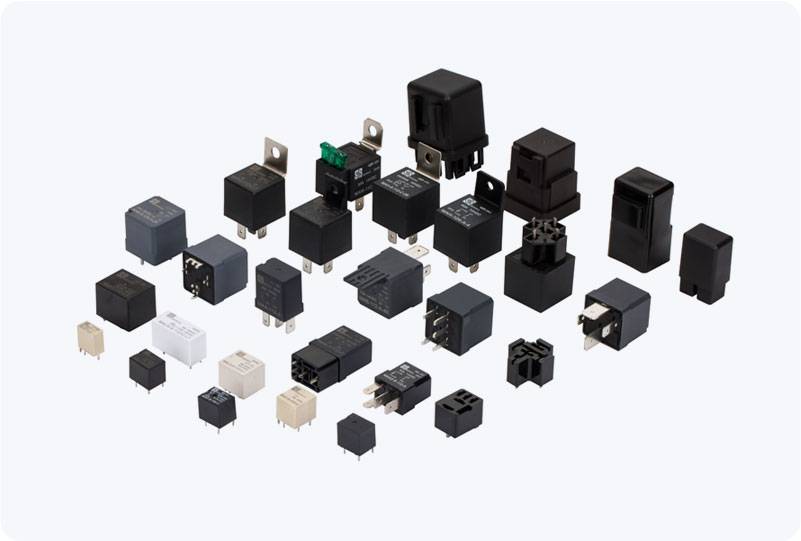In today’s world, the safety and comfort of water usage are paramount in both residential and commercial settings. One essential device that plays a critical role in ensuring both safe and consistent water temperatures is the Thermostatic Mixing Valve (TMV). This innovative valve automatically adjusts the mixing of hot and cold water to maintain a constant, pre-set temperature, helping to prevent scalding accidents and providing an ideal water experience. In this article, we will explore the significance of Thermostatic Mixing Valves, their working mechanism, applications, and benefits.

What is a Thermostatic Mixing Valve? A Thermostatic Mixing Valve is a mechanical device designed to blend hot and cold water to achieve a consistent and regulated output temperature. The valve is equipped with a thermostat or heat-sensitive element that detects the temperature of the water passing through it and adjusts the mixture of hot and cold water accordingly. By automatically maintaining the desired temperature, a TMV prevents sharp fluctuations in water temperature, ensuring a safe and comfortable water flow at all times. How Does a Thermostatic Mixing Valve Work? The working mechanism of a Thermostatic Mixing Valve is straightforward. Inside the valve, there are two main components: a thermostatic element (often made of wax or a bimetallic strip) and a mixing chamber. The thermostatic element reacts to changes in water temperature by expanding or contracting. When the water temperature deviates from the pre-set level, the thermostatic element adjusts the mixing valve’s opening, controlling the ratio of hot and cold water that enters the mixing chamber.
Leave a Reply
You must be logged in to post a comment.